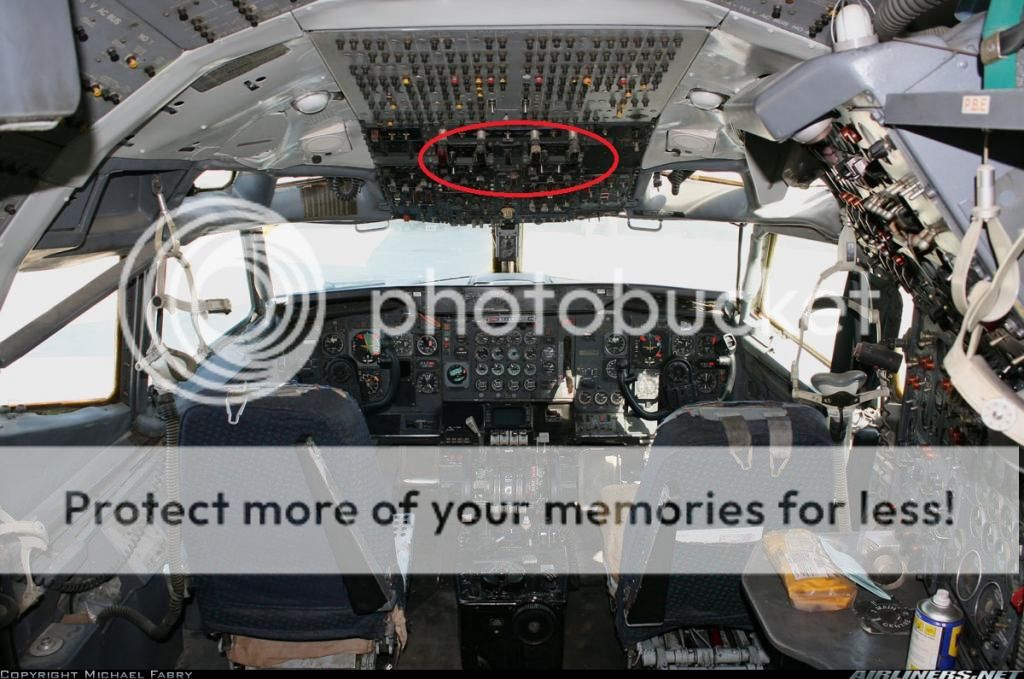Well, maybe, but don't rush it. Old story about an overly hasty BOAC crew...
Hot (at least by British standards) summer afternoon in London, England. A BOAC 707 (which dates the story two ways) is departing Heathrow for New York (JFK? maybe still Idlewild then?

). Summer means lots of folks visiting England, so the flight is chock full, and with range of a 707
and the winds on a westbound transatlantic flight, the fuel tanks are equally full. Right after takeoff, they get a fire light on the #1 engine. The crew leaps into action, and performs what is, according to the CVR, the fastest engine shutdown drill ever seen in training or operational experience...
...on the #2 engine.
Oops.
Problem now is that once you pull the E-handle on a 707, the fuel shutoff valves in the pylon are irrevocably closed -- only way to re-open them is to go out there with a wrench, and unlike the old China Clippers PanAm used to fly, that's not an option on a 707, so #2 is on the bench for the rest of the match. Further, fully loaded, with two engines out on the same side, the 707's Vmc is faster than you can go and still have any climb capability, so now they can't shut down #1 and still make it back to the runway.
As they say over there, "Bugger."
The crew bites the bullet, keeps #1 running, hollers for help, and bends the plane back around to the runway visually. They land it OK, and finally pull the #1 E-handle (as well as #3 and #4 as part of the emergency evacuation drill), but by then the fire has spread above the #1 pylon to the wing, so there was no stopping that show. They did get everyone out the doors without any serious injuries, but as Martina McBride put it:
Well she lit up the sky that fourth of July
By the time that the firemen come
They just put out the flames, and took down some names...
...and took what was left of the plane to the scrap yard.
Moral of the story is in an emergency, doing the
right thing in a
timely but not excessively hasty manner is almost always more important than doing something really,
really fast and maybe doing it wrong.
Or as my old CAG CAPT Foster S. "Tooter" Teague (aka "The Bossier City Bearcat") used to say, "When an emergency happens, first thing you do is wind the clock in the panel --
then start doing the procedure calmly, coolly, and professionally." If the plane comes apart in that amount of time, you weren't going to save it anyway, but you may prevent yourself from screwing the pooch in your haste.






